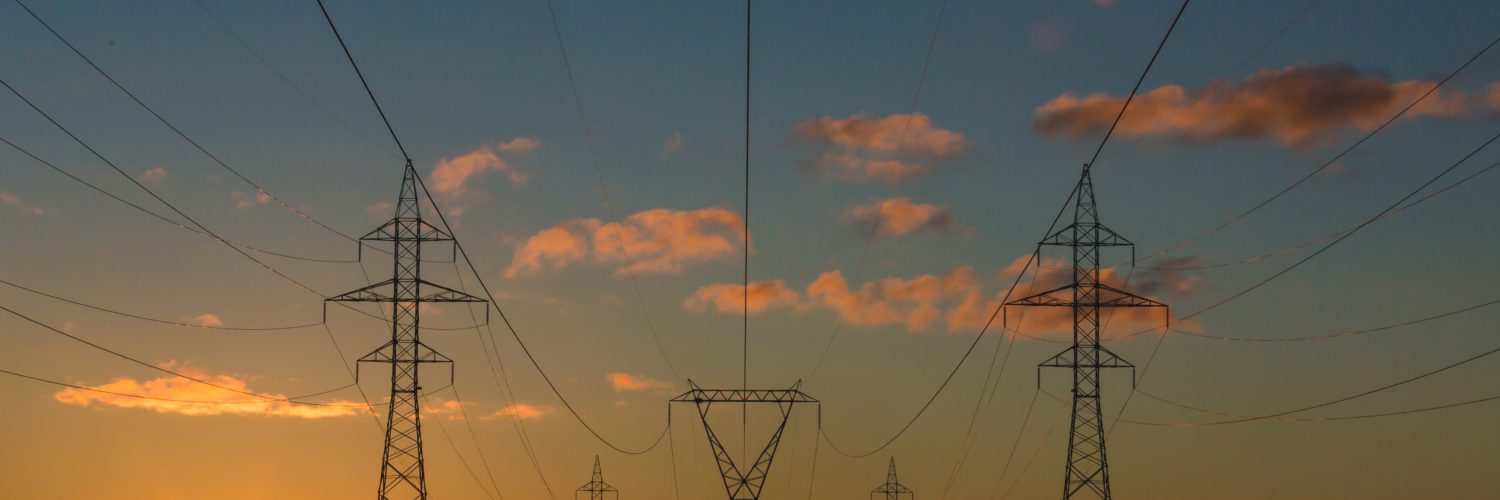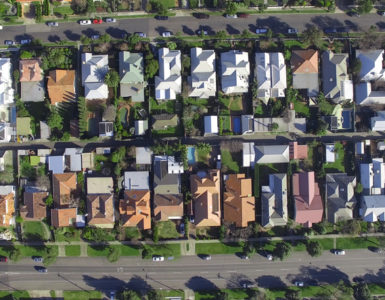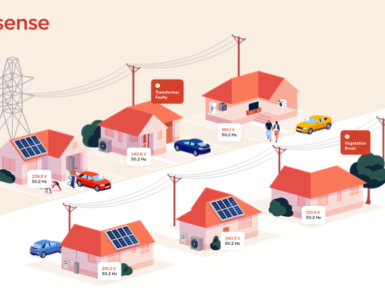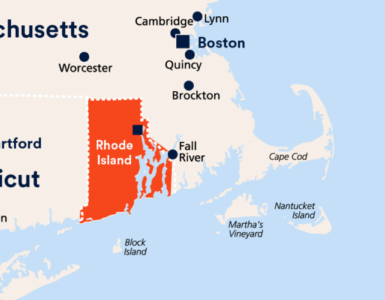
By Michael Jary, International Managing Director for Sense
How load disaggregation and grid edge intelligence on smart meters can help network operators reduce costs today and in the future.
Grid edge intelligence and appliance level load disaggregation are generating huge interest in the energy sector. Advances in technology and AI mean that this long heralded technology is now a compelling proposition. Testament to its potential, Sense has recently closed the biggest funding round yet in the sector – a $127m Series C. With millions of next generation smart meters due to roll out with this capability in North America, decision makers in Europe are now giving the technology serious consideration for imminent rollouts.
The benefits to consumers are clear. It represents a powerful tool for reducing both their energy bills and their carbon footprint. However, it is the benefits to the energy system as a whole that are particularly important. For Distribution Network Operators (DNO), it offers a whole new set of tools to manage demand and reduce operating costs – both today and throughout the energy transition.
So how does it work?
Intelligent machine learning software can run within next generation smart meters. By analysing high resolution energy data within the meter processor, the AI software is able to spot patterns and anomalies in the voltage and current. This pattern recognition can be used to identify the unique power signature of different devices within the home and determine how much power they are using in real time. It can also be used to spot faults on the grid or in the home. No other hardware or smart connections are required. This high resolution processing takes place within the meter itself, so cloud costs and latency are low. Device detection and two-way communications are shared with a consumer via an app. Fault detection and other granular insights can be issued on demand into DNO backend systems.
Cooperating with customers is vital if we are to cut costs
To manage an increasingly complex grid, we need the support of consumers and we need their consent to use their data. But DNO’s have a problem. In most jurisdictions, they are prevented from making contact with them.
However, the Sense consumer app can do this for them. It is a mechanism for engaging customers on behalf of network operators. It does this by giving consumers a product of genuine value. Sense provides them with an innovative new tool – at no charge – that is able to identify how much consumption individual appliances are using, in reflective and real time. With this insight, users find it easy to reduce their consumption. On average they save 9% on their bill – about €300 a year in the Netherlands.
Householders also benefit from greater home awareness. They can get custom notifications to make their lives simpler and safer – Did they forget to turn the iron off? Is someone at home? Is the air conditioning faulty? As a result of this, a typical householder opens the Sense app two to three times a week, even after a year of usage.
As part of this proposition, consumers are asked to share their data with authorised energy market participants, including the DNO. Their permission is sought in a GDPR compliant, clear and transparent manner with the broader benefits of doing so laid out. Personally identifiable information (PII) is held separately from their energy data, with the highest security standards applied. Consumer data is not shared with any third parties without the express permission of the customer, and only in circumstances which are to their benefit and the energy transition.
As an independent third-party application running on smart meters, Sense can then mediate the flow of data between authorised market participants. Via new insights and behavioural nudges, this platform can help DNO’s cost effectively manage to the grid edge. A consumer facing application of this nature opens up a set of powerful propositions for DNO’s and other market participants. Some of these benefits are laid out below:
Real time load disaggregation reduces operating costs with highly cost efficient and scalable domestic demand response.
Managing the grid is going to become extraordinarily challenging in the coming years. The electrification of heat and transport will trigger a surge in load. A grid dependent on renewables will be unable to dispatch sufficient supply to balance it. There will be severe operational challenges when additional infrastructure can’t be deployed fast enough to mitigate congestion. Involuntary curtailment will prompt a consumer backlash, and limits to the deployment of EV charge points will be unpopular with policy makers and the public alike. The alternative is to have more control over demand at the grid edge. However, most domestic flexibility solutions in the market today are prohibitively expensive and difficult to scale. They require the installation of connected batteries or other appliances. With an engaged and consenting cohort of customers though, flexibility can be secured at much greater scale and much lower cost.
Sense enables a different type of domestic demand side response that doesn’t rely on expensive in-home installations. Using real time device detection, Sense can detect the highest consuming appliances on the grid at any time, and issue messages to consumers requesting they turn down specific devices. One caveat: the load disaggregation must be accurate, real time and appliance level. Older technologies using lower resolution data have been shown to be too unreliable, late and clumsy to be effective. However, if the disaggregation is real time, householders are then able to turn off the most impactful appliances using power at that moment. They don’t waste time and effort on minor appliances, such as laptops or low energy light bulbs. Customers retain agency and choice, so the threat of a damaging backlash against the DNO is removed. By doing the hard work for them, satisfaction, participation rates and flexible load increase substantially. When homes without Sense are asked to shift load, an average of 2-4% of peak consumption is typical. In homes equipped with Sense, this soars to 18%.
Crucially, this form of domestic flexibility requires only a software application on next generation meters. That means it can be affordably rolled out to an entire country with minimal marginal cost. Once at a reasonable scale, load under control becomes predictable and reliable. For a medium sized country such as the Netherlands, Sense on smart meters would be the equivalent of adding 2.4GW to peak capacity. That’s as much as two nuclear power stations!
"When homes without Sense are asked to shift load, an average of 2-4% of peak consumption is typical. In homes equipped with Sense, this soars to 18%"
Grid Edge Intelligence can generate substantial operational savings by identifying and locating faults on the grid.
The machine learning software is able to lock on to and locate anomalies in the power supply. Problems as diverse as vegetation brush, corroding transformers, and floating neutrals can be identified, located and the grid operator notified. This can transform the maintenance programme for network operators from time to condition based. Rather than send engineers and maintenance crews to look for faults on a regular schedule, they can be directed to the source of known issues. This reduces truck rolls and costs. The location of failures can be identified rapidly, reducing time to fix, and improving customer satisfaction.
Real time insight can improve decision making and forecasting at the grid edge.
With enhanced processing within the smart meter, grid operators can receive an on-demand feed of voltage, waveform, and frequency with a granularity previously only seen at the substation level. With greater penetration of distributed generation and heavy loads, this meter level insight will be a vital tool for managing the grid. Sudden dips and peaks in solar generation as a cloud passes will be visible, allowing the DNO to respond with demand response. A wave of EVs being charged simultaneously can be seen and reacted to. Clarity over EV or heat pump penetration will help finesse decisions on where to invest in additional infrastructure.
DNO’s can share in the revenue opportunity unlocked by grid edge intelligence.
It’s not just DNO’s and consumers that can benefit from load disaggregation and grid edge intelligence. Other authorised energy market participants, consented to by the customer, can also generate substantial operational savings. For instance, an energy supplier can hedge more accurately if they understand demand at an appliance level. They can deliver on energy efficiency programmes more effectively or reduce their exposure to peak wholesale prices with cost effective demand side response. Demand aggregators can source flexibility as well as measure and verify load shifts. As an independent third party, with consent from consumers, Sense can mediate the flow of data between authorised market participants. These services all have substantial value to those other parties. That’s why, when a DNO specifies a Sense-ready meter, they can often share in these incremental revenues.
In summary, delivering the energy transition whilst securing a fair return for all stakeholders will be a vast challenge. However, with grid edge intelligence and load disaggregation on smart meters, network operators can do it. They can secure the participation and consent of customers, access low cost flexibility, reduce maintenance costs, and manage an increasingly complex grid with precision.
Get the latest news from Sense








